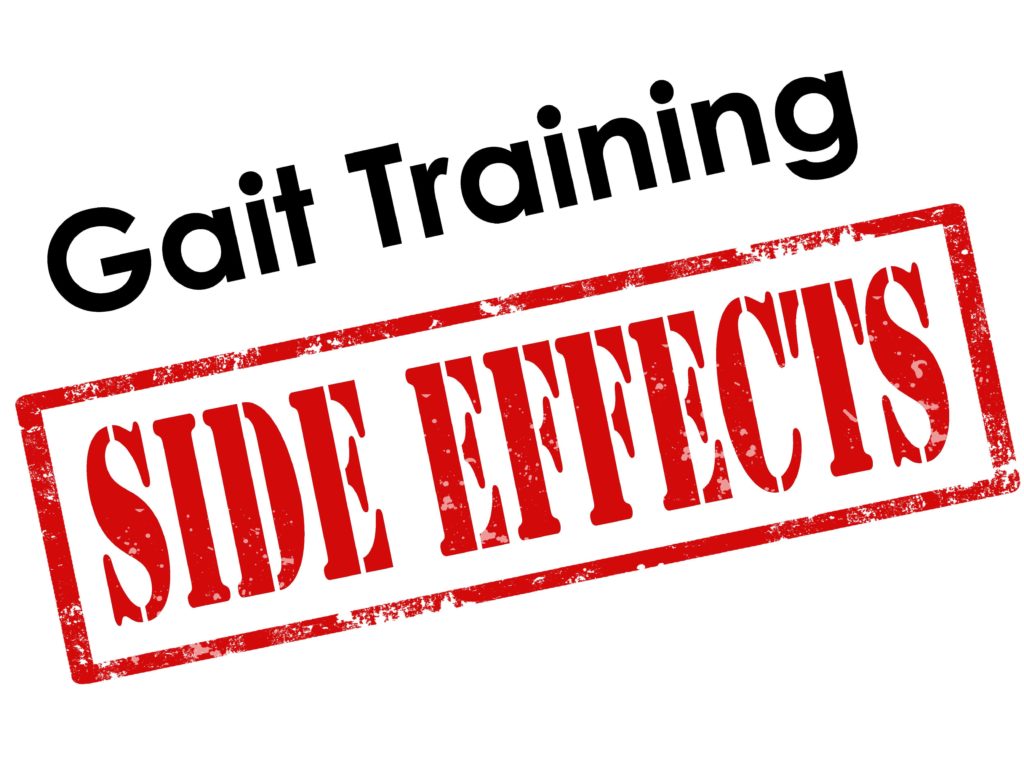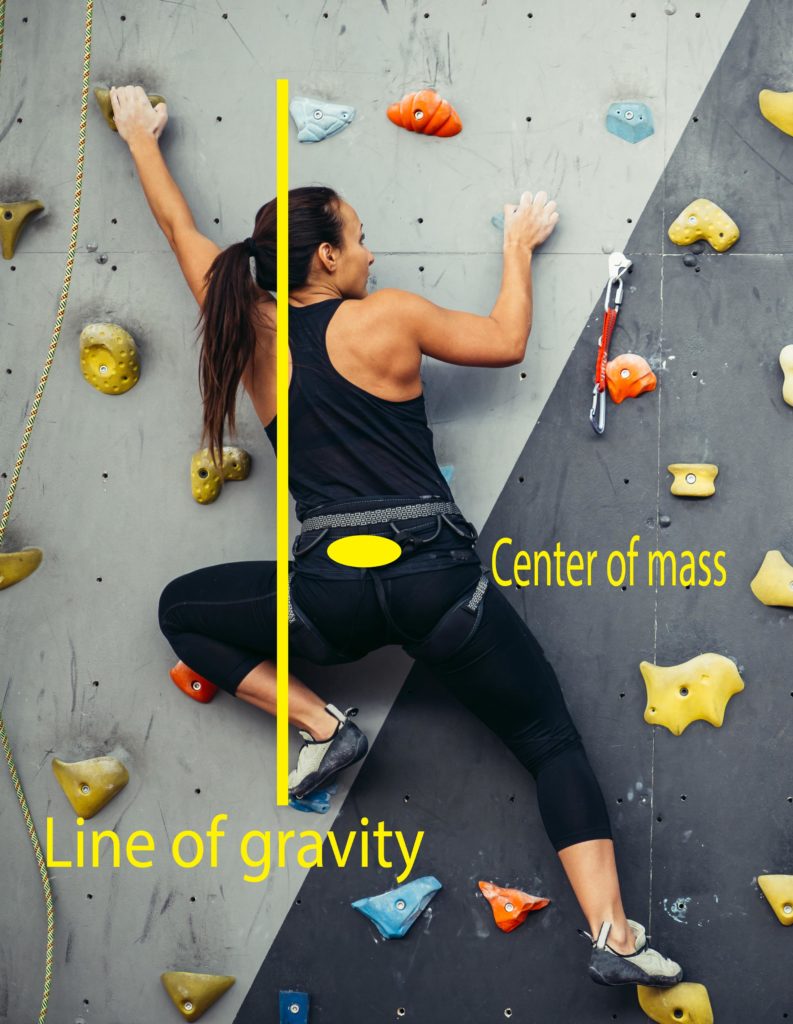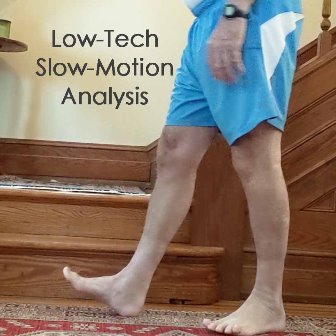Motion Analysis
Side Effects Occur During Gait Training
A side effect is a secondary effect, typically undesirable effect of a drug or medical intervention. Any intervention that can produce a therapeutic effect can also produce side effects or adverse effects. The current standard of practice is to provide informed consent before beginning evaluation and treatment. Informed consent includes identifying the benefits and…
Read MoreClinical Predictive Rules for Management of Plantar Heel Pain
Medical professionals rely on clinical practice guidelines to have better outcomes, lower utilization of care, and lower costs. These guidelines have limited value since they often fail to keep up with new research findings or recently available diagnostic or therapeutic interventions. For example: clinical practice guidelines are available for plantar heel pain (plantar fasciitis) from…
Read MoreMountain Athlete: 2-Dimensional Video Slow-Motion Analysis
I have been asked to present a continuing education webinar to members of the National Strength and Conditioning Association. The theme of the program is Human Performance the “Mountain Athlete” What is a “Mountain Athlete”? Athletic activities that occur in the mountains are skiing, climbing, Spartan racing, adventure racing, trekking, adventure racing, mountain biking, and…
Read MoreBetter cues & mental practice to improve skillful movements: Are external focus cues better than internal focus cues? It depends
Coaches, athletes, healthcare professionals, verbal cues, use mantras, self-talk, visual imagery, and skill training to improve movement. There are many cognitive strategies commonly used to improve human movement to move faster, farther, injury-free, and/or just look better moving. Types of cues: A substantial amount of research in the area of motor learning examines different types…
Read MoreGait Deviations Musculoskeletal Pain Syndromes: Is there a gait deviation or cluster of gait deviations which is common across musculoskeletal pain syndromes?
Gait deviations are considered risk factors and/or causative drivers for musculoskeletal pain syndromes. There is a growing body of research showing a relationship between gait deviations and musculoskeletal pain syndromes injuries: shin pain (here, & here,) ; patella-femoral arthralgia (here); IT band syndrome; Achilles pain; plantar heel pain (here, & here). There is growing consensus…
Read MorePhysical Therapy Telehealth: It works well for some, not for others
The COVID 19 pandemic crisis has many challenges for the standard everyday health care and medicine. The pandemic resulted in a sudden increase of telehealth services. There are reports there has been an 18% increase in the number of healthcare providers providing telehealth services in response because of the pandemic. Healthcare providers and patients are…
Read MoreLow-Tech Slow-Motion Analysis – “Dance Step to Nowhere
NDeviant movement during walking contributes to the development of or compensation for musculoskeletal pain syndromes. Diagnosis and treatment occur with visual observation and analysis of gait. The use of a smartphone video facilitates the analysis of motion walking. However, there are times when less technological motion analysis is necessary. When dealing with painful musculoskeletal syndromes…
Read MoreSymptom modification of painful gait
Symptom modification procedure is common practice in the Physical Therapy profession. This procedure involves identifying the specific movement, posture, and/or activity that reproduces the patient’s symptoms. Historically diagnosis of musculoskeletal problems was based on examination which selectively provoked musculoskeletal tissues by compressing or stretching the various tissues to provoke the symptoms. This provided direction for…
Read MorePain walking/running deviant gait – self treat &/or seek expert assistance
Experiencing pain when walking or running can be a complex problem. Asserting a hypothesis is a systematic way to solve complex problems. A hypothesis is an “if-then statement” or conditional statement which can be tested, accepted, or refuted. Hypothesis: If you have pain walking and/or running, then gait analysis to determine if there is a…
Read MoreHealthcare Whisperer versus Con Artist
The popular idiom of a “whisperer” is used to describe an individual who has special skills to interact with humans or animals to alter behavior and achieve outcomes that others cannot. What are the characteristics of a whisperer? A whisperer: Has high level of empathy Has specialized skills Focuses is understanding Uses body language communication…
Read More









